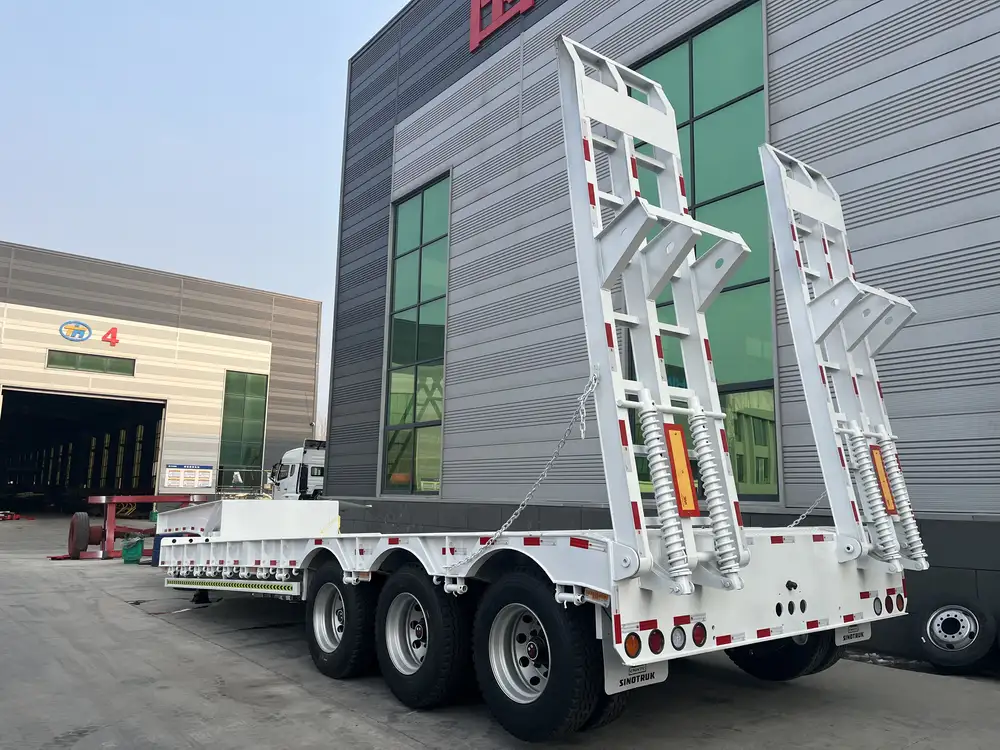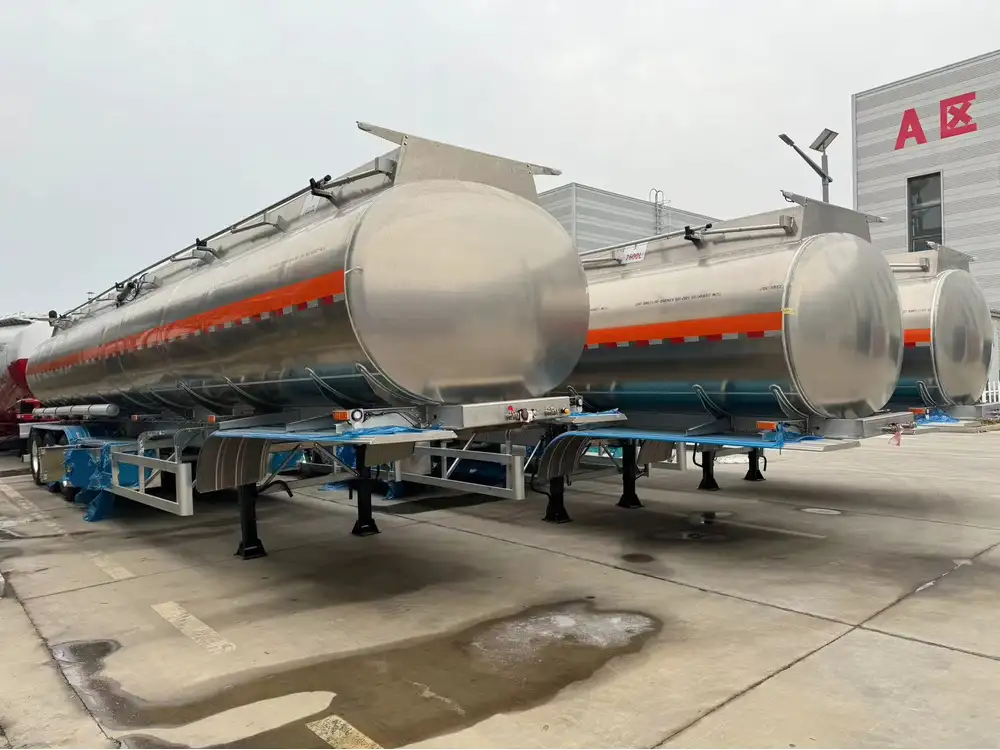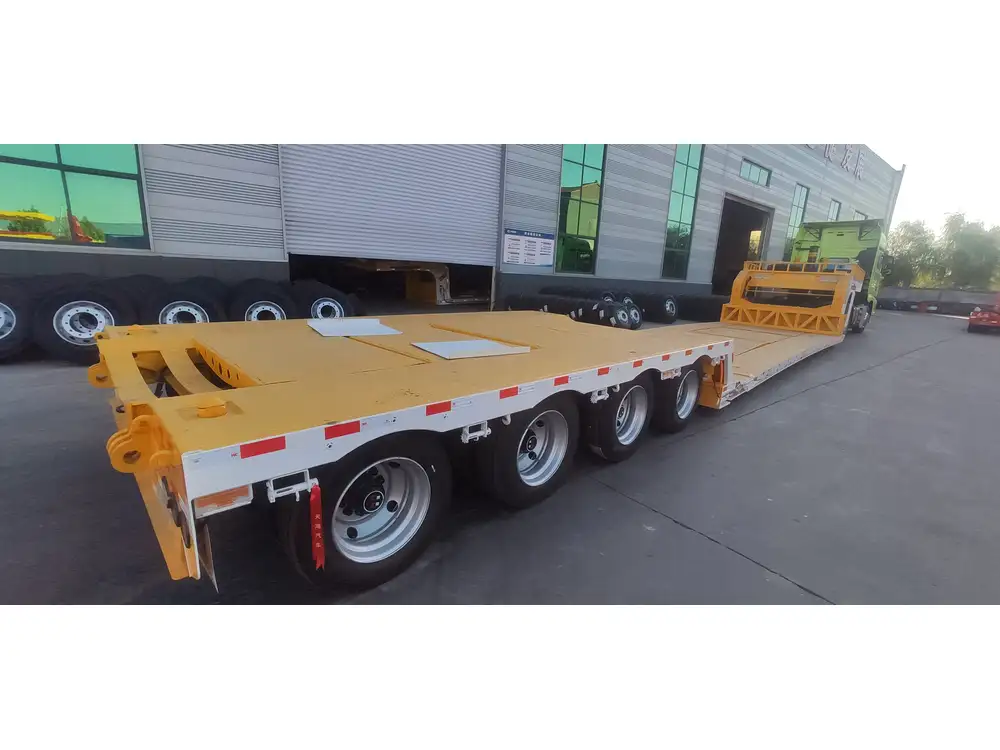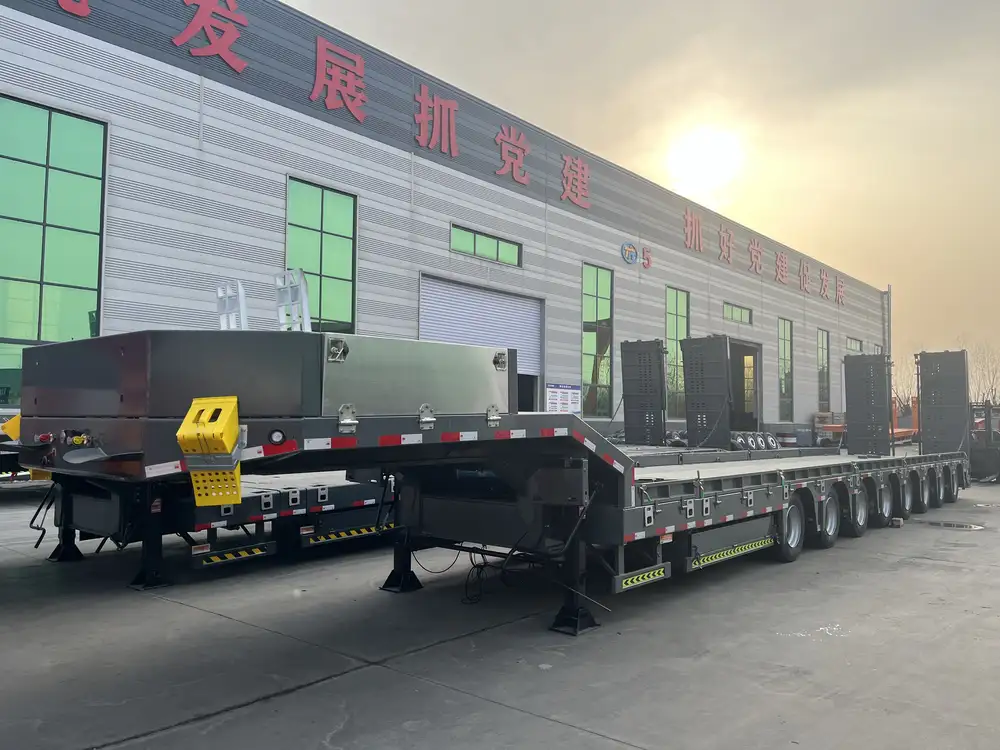When it comes to the efficient operation of your dump trailer, understanding how to charge the dump trailer battery properly is crucial. Proper maintenance and care can enhance the longevity and performance of your trailer’s electrical system, saving you time, money, and hassle in the long run. In this guide, we will walk you through the necessary steps to charge a dump trailer battery effectively, along with useful tips and insights that every trailer owner should know.
Understanding Your Dump Trailer Battery
Before diving into the charging process, it’s essential to understand the type of battery that powers your dump trailer. Typically, dump trailers utilize lead-acid batteries—either flooded, gel, or AGM (Absorbent Glass Mat) types. Recognizing the specific battery type will help determine the correct charging methods and necessary precautions.
| Battery Type | Characteristics | Charging Method |
|---|---|---|
| Flooded | Requires regular maintenance, checks for water levels. | Standard charger with adjustable voltage settings. |
| Gel | Vibration-resistant, no maintenance required. | Gel-specific chargers that control voltage. |
| AGM | Enhanced deep-cycle capabilities, leak-proof. | Should be charged with an AGM-compatible charger. |
Why Charging Your Battery is Important
A dump trailer battery serves multiple vital functions, including powering hydraulic systems and providing energy to various accessories. Over time, batteries naturally discharge due to usage, temperature variations, and cumulative wear. Regularly charging your battery ensures that your dump trailer operates smoothly and reliably, especially during critical tasks like loading and unloading materials.

Signs That Your Dump Trailer Battery Needs Charging
It’s essential to recognize when your dump trailer battery requires charging. Here are key indicators:
Slow Operation: If the hydraulic lift is sluggish or struggles to raise or lower the load, it may indicate inadequate power.
Warning Light: Many modern trailers feature warning lights that illuminate when battery power is low.
Dim Lights: Noticeably dim or flickering lights on your trailer may indicate a battery that is nearing depletion.
Unusual Sounds: Clicks or whirrs that are out of the ordinary when engaging the lift could signal power issues.
Recognizing these signs promptly can help prevent battery failure and maintain the efficiency of your operations.
Step-by-Step Guide to Charging a Dump Trailer Battery
Step 1: Gather Your Materials
Before proceeding with the charging process, make sure you have the following materials ready:
- Battery charger (suitable for your battery type)
- Safety goggles and gloves
- A multimeter (optional, for checking battery voltage)
- Clean, dry cloth
- Water (for flooded batteries only)

Step 2: Safety First
Always prioritize safety when working with batteries. Put on safety goggles and gloves to protect yourself from accidental spills or electrical shorts. Ensure that the trailer is parked on a flat surface, and the key is removed from the ignition.
Step 3: Locate the Battery
Next, locate the battery compartment on your dump trailer. Typically, you will find it near the front or underneath the trailer. Remove any covers or protective shields to access the battery terminals.
Step 4: Check Battery Condition
Conduct a visual inspection of the battery for any signs of corrosion or damage. Look for greenish or white powder on the terminals, indicating corrosion. If corrosion is present, clean it gently with a mixture of baking soda and water before proceeding. Rinse with water and dry the terminals thoroughly.

Step 5: Connect the Charger
Now it’s time to connect the charger to your dump trailer battery:
Identify the Terminals: The positive terminal (+) is generally red, while the negative terminal (-) is black.
Attach Positive Cable: Connect the red (positive) charger clamp to the positive battery terminal.
Attach Negative Cable: Connect the black (negative) charger clamp to a non-painted metallic part of the trailer frame to avoid sparks.
Step 6: Set Charging Parameters
Adjust the charger settings according to your battery type:
- For flooded batteries, set the charger to a slow charge (usually between 2-10 amps) for around 6-12 hours.
- For gel batteries, ensure the charger is specifically rated for gel batteries and set to the correct voltage.
- For AGM batteries, use a charger compatible with AGM technology, usually operating at less than 15 volts.
Step 7: Monitor the Charging Process
Once the charger is connected and set, it’s crucial to monitor the charging process:
- Check the charger’s indicator lights or digital readout to ensure proper charging is taking place.
- Consider using a multimeter to check the battery’s voltage periodically. A healthy battery should reach around 12.6 to 12.8 volts when fully charged.

Step 8: Disconnect the Charger
When the battery reaches a full charge, follow these steps to disconnect safely:
Turn Off the Charger: Before touching any cables, turn off the charger entirely.
Remove the Negative Cable: Detach the black (negative) clamp first.
Remove the Positive Cable: Finally, detach the red (positive) clamp.
Step 9: Final Checks
After charging, conduct a final inspection:
- Check for any signs of swelling, leakage, or physical damage to the battery.
- If it’s a flooded battery, check the water levels and refill with distilled water as necessary.
Step 10: Reinstall Battery Cover
If you removed any covers, ensure you replace them securely to protect your battery from debris and weather elements.

Best Practices for Battery Maintenance
Maintaining your dump trailer battery can significantly extend its life and performance. Consider implementing these best practices:
Regular Inspections
Set a schedule to inspect the battery regularly—ideally, every month. Look for corrosion, loose connections, and signs of wear.
Keep It Clean
A clean battery aids in better performance. Utilize a mixture of baking soda and water to clean corrosion, ensuring terminals are free of buildup.

Charge After Use
Whenever you use your dump trailer, particularly for heavy loads, consider recharging the battery afterward if you suspect it has depleted significantly.
Seasonal Care
During extreme weather, especially cold winters or hot summers, take special care of your battery. Keep it charged and consider using a battery maintainer during prolonged inactivity.
Store Correctly
If you need to store the battery for an extended period, ensure it’s fully charged and stored in a cool, dry place away from direct sunlight.

Conclusion
Charging and maintaining your dump trailer battery is vital for ensuring smooth operations and longevity. By following this comprehensive guide, you will be well-equipped to keep your battery charged efficiently and recognize when it needs attention. Remember that regular maintenance goes a long way in preventing costly issues and ensuring your dump trailer is always ready for the next job.
By incorporating these practices into your routine, you won’t merely extend the life of your battery but also enhance the overall functionality of your dump trailer. Stay proactive and always be prepared, and you’ll find that the tasks at hand become significantly easier and more efficient.
This guide aims to be an ultimate resource for anyone looking to understand how to charge a dump trailer battery and maintain its functionality. Embrace these practices, and enjoy the benefits of a fully operational and efficient dump trailer for years to come!



